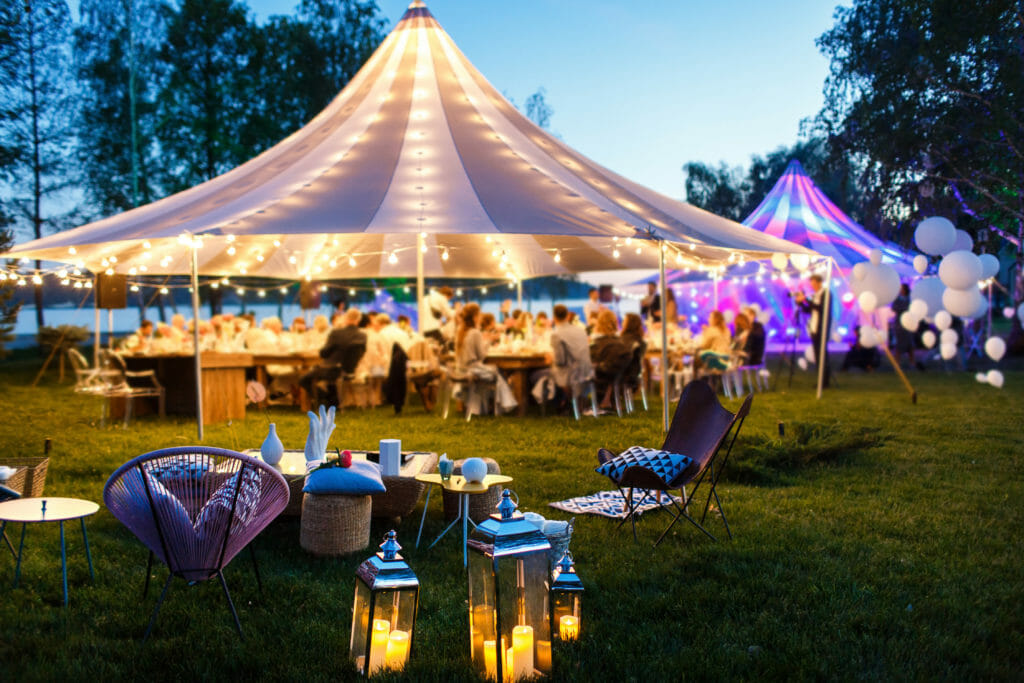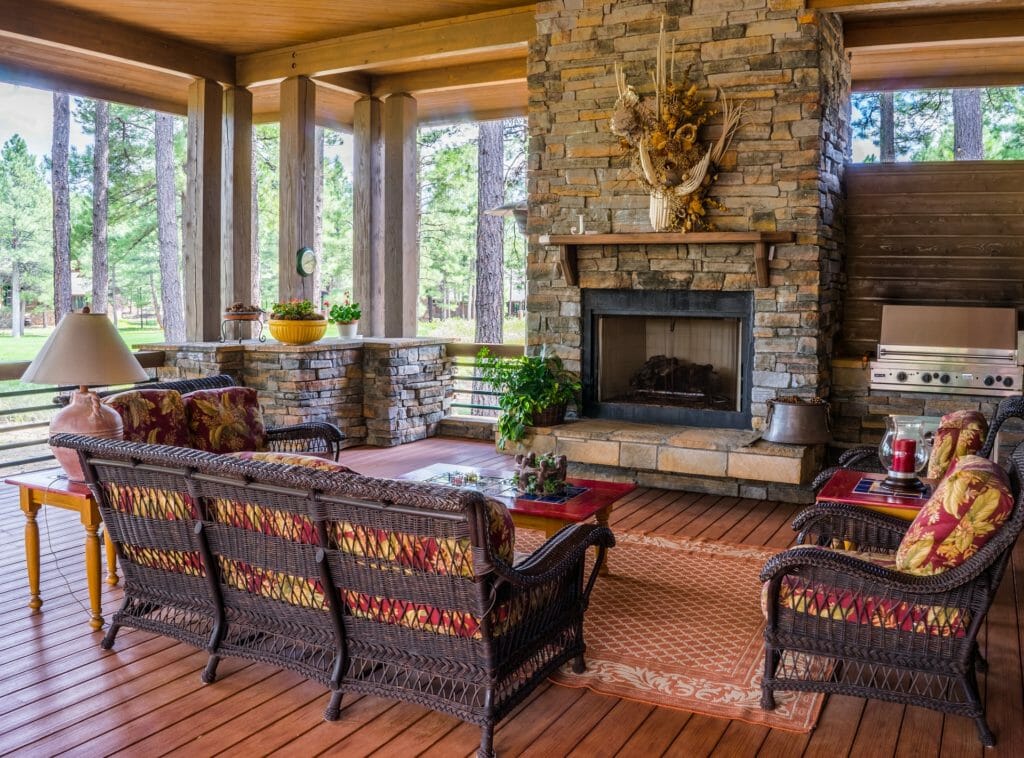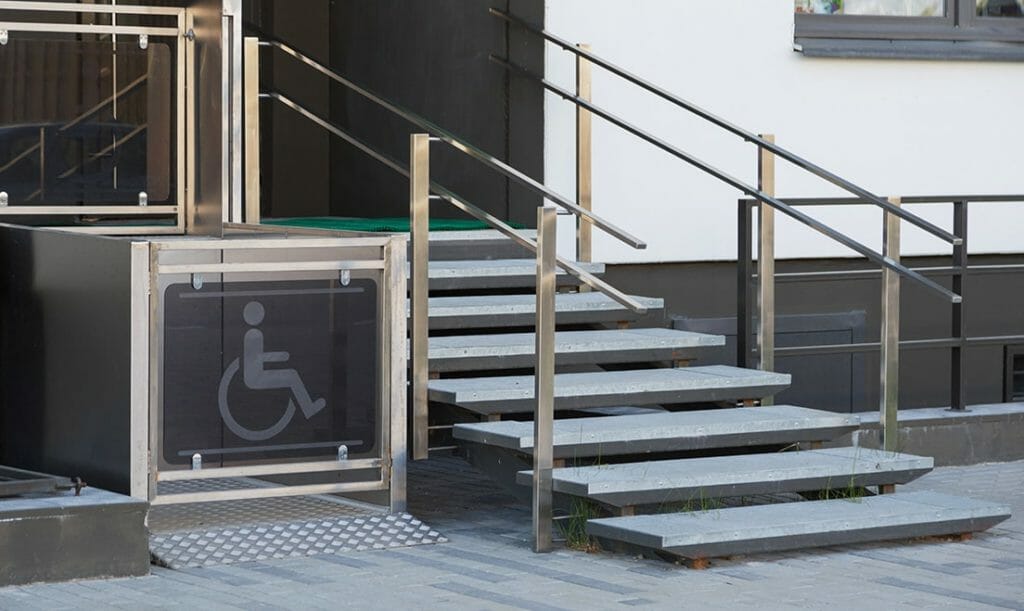10 Factors to Consider When Planning an Outdoor Event
When you think about outdoor events, you probably think of: festivals, fairs, and sunny days packed full of fun and great memories.
What you may not think of: professional meetings and conferences can also benefit from fresh air, increased capacity, and ease of access. Not to mention the freedom you have to lay out your maps and activate different spaces. No walls, no limitations!
Outdoor settings can be a great way to level up all types of events, like:
- Company all-hands
- Executive retreats
- Networking sessions
- Team-building events
- Marketplaces or exhibitor spaces
- Fundraisers
- Education and workshops
- Galas
And a ton of others, too!
But, let’s be honest. When you think about outdoor events, you might also think: risk.
Indoor venues often come pre-planned, with reliable processes, tons of amenities, and no question of rain or shine. Outdoor events need to be planned to T to ensure that there aren’t any surprises for your staff or attendees—but don’t worry.
With these ten considerations, you’ll be ready to conquer risk and say hello to the great outdoors.
1. Have a back-up plan
Sounds basic enough but this fundamental is frequently ignored. Rain dates for outdoor events used to be common practice. Due to the difficulty in coordinating schedules, they have fallen out of favor. It may be time to revive this practice as nothing dampens the spirits more than spending time outdoors getting drenched.
One approach to a back-up plan is a flexible agenda. Schedule the outdoor component for the morning or, for a multi-day outdoor event, schedule it on Day 1. If Mother Nature does not cooperate, then you can slide the outdoor portions to the afternoon or another day.
Recommended Resource: Are you planning an in-person event with outdoor activities?
Download the free eBook, Experience Design: The Complete Guide to Creating Memorable Events and learn how to design a memorable experience that meets your event goals🏆.
2. Select a location with indoor and outdoor venues

Great examples include an outdoor venue that has a chalet, an indoor amphitheater, or an auditorium. Reserve that space and use it as your backup in case of rain.
A couple of times, my company has planned beach dinners for corporate events in sun destinations. Unfortunately, hotels and resorts aren’t able to “spin on a dime”. Twice we were able to select indoor venues without a 4th wall. This provided a great view of the outdoors so participants got the best of both worlds and remained dry. – Anne Thornley-Brown specialist in Executive Retreats
3. Make inquiries about curfews and get permits
Depending on their proximity to residential areas, some outdoor locations may have curfews to limit the disruption to local residents. Be sure to find out about curfews and build a buffer for your outdoor event. If you fall behind schedule, you may have to end the event before the full agenda has been completed. Also, ensure you research whether or not you will need to obtain a permit to host your event outdoors.
4. Be sure to make arrangements for protective cover
The expression “run for cover” is often used to refer to the reaction to a sudden downpour. On hot days or in locations with extreme temperatures, like the desert, providing cover and protection from the sun is just as important.
Consider canopies over tables or a marquee. Remember, marquees cannot be ordered at the last minute. Event planners need to order them in advance and they need to be set up and ready to go.
5. Provide hydration stations
For hot weather events (particularly those involving alcohol) it’s important to provide sufficient hydration stations for attendees. To minimize the environmental impact of your event, opt away from single-use plastic water bottles. Instead, provide plenty of refill stations and include a branded water bottle in your event swag bag. You can offer this to your sponsors for extra revenue.
6. During transitional seasons, ask participants to come prepared for changes in weather conditions

For example, in the spring and fall, remind them that the weather can change abruptly so ask them to bring boots, warm jackets, hats, mittens, extra socks, and a plastic bag for wet articles of clothing.
7. Keep an emergency kit handy
When planning outdoor events, this increases the number of things that could go wrong. So be sure to prepare for the unexpected. Pop into the dollar store and pick up extra sunscreen, insect repellent, After Bite, umbrellas, and rain ponchos. Remind participants to pack an extra pair of socks and a plastic bag for wet clothing. Keep an Epi-Pen handy in case someone gets stung by an insect.
8. Select activities that will work well whether they are used indoors or outdoors
There is nothing worse than getting a group all pumped up about an activity and then canceling it. For example, a company that creates outdoor events that brings buyers together with suppliers had a sand castle competition on their agenda. Participants were really looking forward to this. When the rain came it was canceled and the indoor replacement was not as appealing. With careful planning, an approach could have been found to bring this event indoors or an activity that was less dependent on weather could have been selected.
With careful planning, event planners can avoid many of the pitfalls of outdoor events and ensure that everyone has a great time.
9. Ask participants to communicate any discomfort immediately and be prepared to change your plan
I once organized an event in the spring that involved an outdoor campfire. It was warm enough but, unfortunately, by the time we got to the firepit in the evening, the ground was soggy. Participants had been asked to wear boots and warm socks but, despite our reminders, many showed up with only running shoes. Rather than toughing it out when so many people were not prepared, the better plan was to give people a chance to change their wet footwear and socks and head to the lounge with a fireplace that we had reserved as a backup. – Anne Thornley-Brown specialist in Executive Retreats

All of these tips will work in tandem to save outdoor events and ensure that participants enjoy the event and go home in great spirits.
10. Check if your venue is accessible for all

This isn’t something that often features on lists but it’s important to consider all of your attendees and their accessibility needs. Can the venue you are selecting provide reasonable adjustments to include attendees with disabilities both indoors and outdoors?
The University of Birmingham Conference & Events suggests the following as a starting point to consider accessibility for your event:
- Parking including disability bays or adequate room around each parking space for access
- Accessible and clear pathways: uneven or soft terrain like grassy fields can be challenging
- Clear and regular signage, in sans-serif font
- Quiet and covered areas with seating and some privacy
- Well-trained staff who are wearing identifiable uniforms
Outdoor events are a great way to bring attendees together safely while offering them a different experience. It’s important to consider all the factors shared to create a memorable experience for your attendees.
Recommended Resource: 📺 Are you looking for more cost-effective, easier ways to build and manage your events?
Watch 8 short videos to discover how you can simplify delivering events in any format that engage attendees and offer sponsors real value.